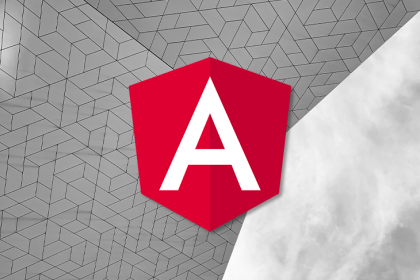
With HttpInterceptor in Angular, you can drastically reduce the amount of code required to implement HTTP caching.

Learn how to use Zustand for managing and persisting state within React apps, as well as comparing Zustand to Redux, Jotai, and Recoil.
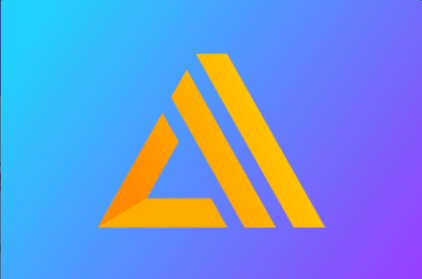
Amplify, a newer command line interface, takes care of everything from pumping up CI/CD to managing user content, so developers can focus on code.

Here, you can learn what a Progressive Web App (PWA) is and why you should consider turning your apps into PWAs.
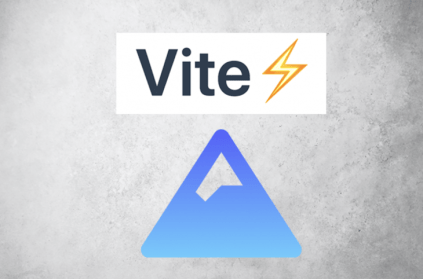
Both Vite and Snowpack are frontend build tools focused on increasing efficiency. See where each excels and how it can improve your project.

Control the style and mood of your app in Next.js using the styled-components CSS-in-JS library for a more readable, cool display.

Learn where singletons came from, where it all went wrong, and how you can correctly use singletons and reap their benefits.
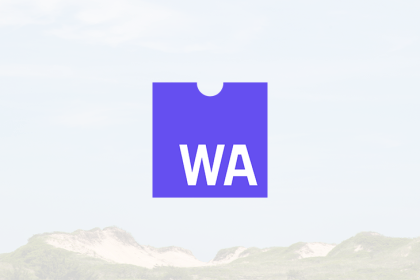
Here, you can learn about WebAssembly, why it’s difficult to debug, and some workarounds you can use when debugging Wasm.
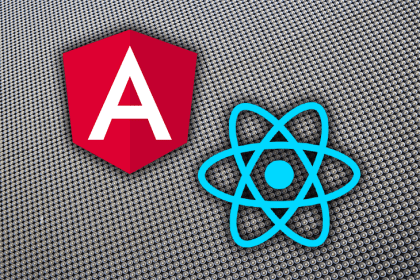
What is a compound component pattern in React and Angular, and when should you use one? Read on to learn more.
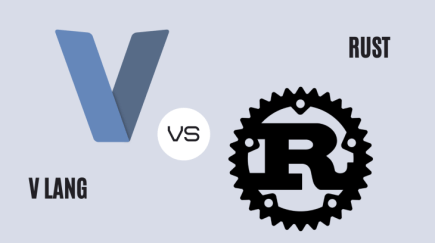
Choose the best software building language for your needs by comparing Rust and Vlang in performance and functionalities.
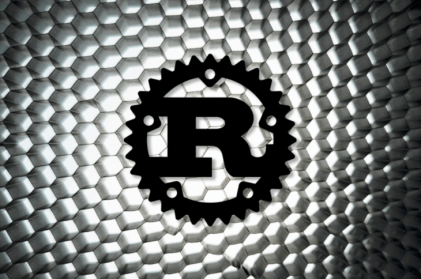
Master the GNU Project Debugger (GDB) tool to perform basic but effective debugging of Rust programs with minimal extra tooling.

Learn what a logging library is, why you should use it, and how to log with Pino and AsyncLocalStorage in Node.js.